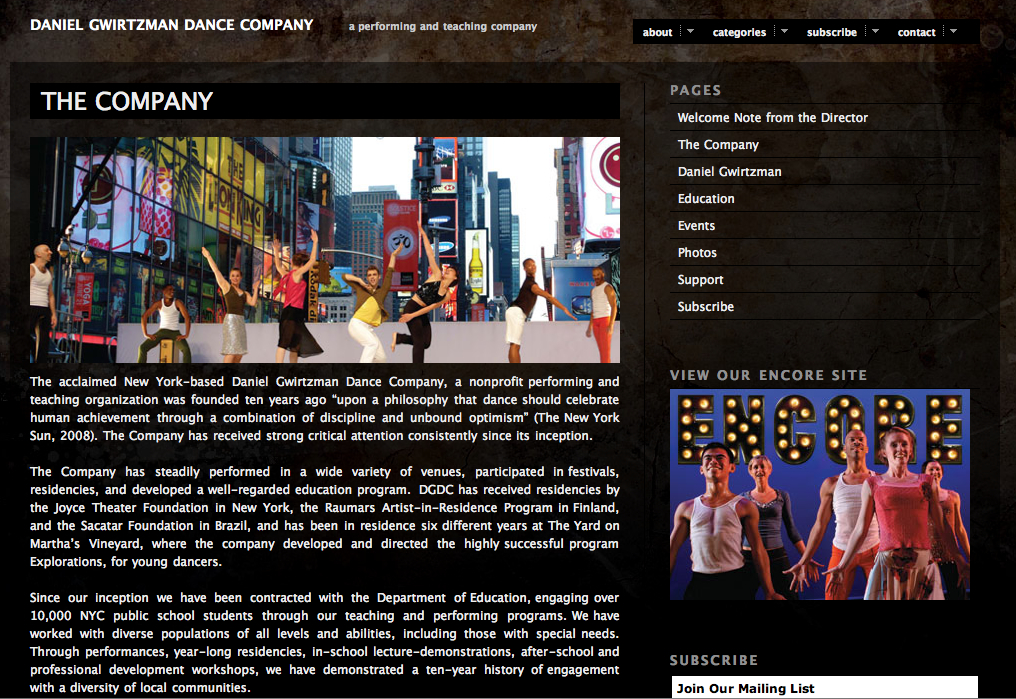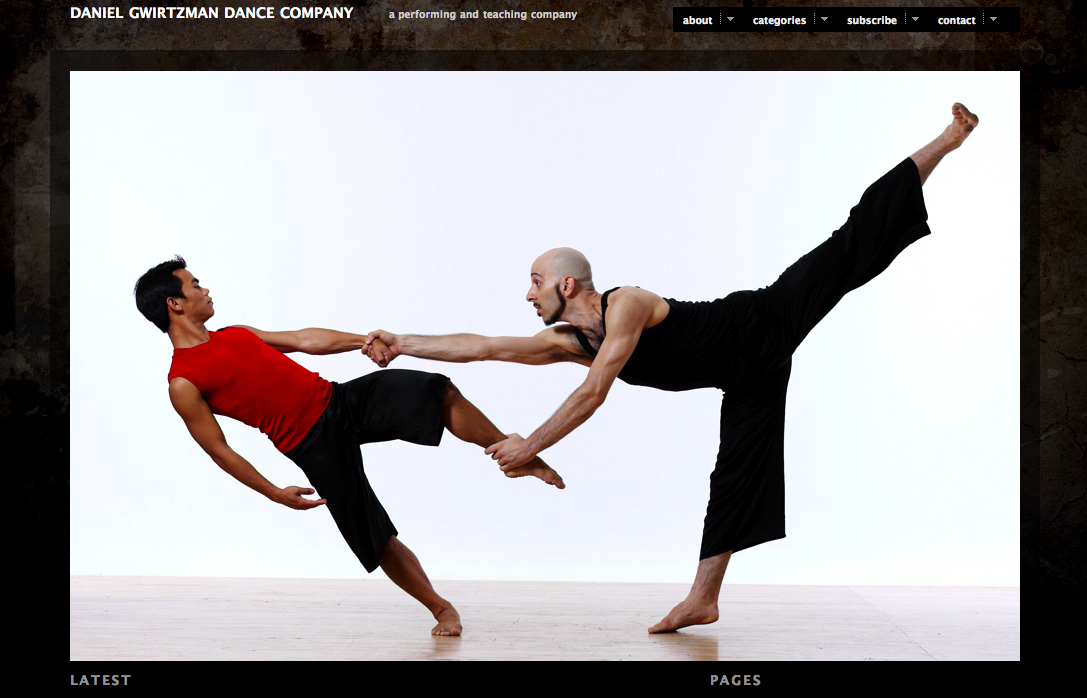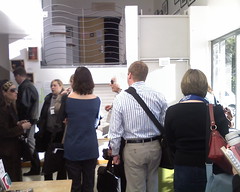
We were recently asked by Dancers Group in San Francisco to write a Top Ten Tips for building out a well performing website. We’ve worked with many arts organizations (including Dancers Group as of 2012), so this was quite fun to do. Especially because we were writing for artists. Below is the full article, as published in the “In Dance” publication. To learn more about Dancers Group, visit http://dancersgroup.org.
Think back to the last dance performance you saw:
- How did it inspire you?
- What feelings did you have after you left the performance?
- How did you hear about it?
- If it was truly amazing, did you share it with others?
- Perhaps you posted about the experience on Facebook or Twitter?
What did it take to make those projects happen? Grants. Rehearsals. Years of training. A dedicated group of people. And, of course, an audience.
Now, think about the last website you saw:
- Did it inspire you?
- Did you like it (or hate it)?
- How did you hear about it?
- If it was truly amazing, did you share it with others?
- Perhaps you posted the site on Facebook or Twitter?
Great performances are thoughtful, well-rehearsed, elegant, and help build community. Websites do the same thing. When I started producing websites for dance companies, I was still in grad school at NYU. I applied all the skills I learned in theater school to the online projects I worked on. Because of my theater experience, I thought about all my projects with a target audience in mind. And all those projects went on to be successful because of it.
It didn’t take me very long to realize that great websites contain many of the same components as great stage productions :
- solid technical team
- consideration for the audience
- a planned outcome
So as you plan for your next web project, try approaching it like you would a stage production. And think about how you can incorporate the following items into your process :
1. Develop Passion and Vision – Without passion and vision, a great project simply can’t happen. Once you are able to communicate this passion and vision, the rest of the process will flow much easier. When starting a project from scratch, we often start with a creative brief. This brief works like a blueprint, enabling us to specify what we’re building and why.
2. Create a Production and Rehearsal Schedule – A solid schedule in place leads to accountability. Before diving into a project you must plan milestones, as well as outline the deliverables. While things are subject to change throughout a project, you will always have the initial plan to fall back on.
3. Designate a Stage Manager – A reliable point-person keeps everything running in an orderly fashion. Good productions need a point person to call the shots. Likewise, a good website requires a project owner on both sides; organized people who can move the project forward. While the artistic process can stay flexible, dedicated project managers keep things in order.
4. Assign a Producer – a solid producer will help with the budget, finances, and managing the overall team. While day-to-day operations are handled by a project manager, a good producer can help manage finances and the scope of work. By having someone regularly checking in on the budget and overall resource allocation, the project can easily stay on course financially.
5. Assemble a Talented Team and Supporting Cast – ultimately, great shows come together with fantastic performers and a great collaborative team. A solid front-line of people doing the work will help the product shine. Work with talented people that you connect with.
6. Get Your Tech Team in Place – surround yourself with a knowledgeable tech team that can bring your vision to fruition. Like a great lighting designer, a great web development team can make your basic pas de deux look like a pas de deux grand.
7. Think About Your Audience – know your audience. Survey them. Talk to them. Learn what they want. Take time to observe how they use your site. Do user-testing. You wouldn’t open a show without a dress rehearsal. Why would you launch a site without previewing it to others?
8. Make it Beautiful – without great design and solid visuals, your project can very easily blend in with others. And good design comes from understanding your audiences. Dance translates very well to the web. Invest in good photography. It matters.
9. Communicate – your project should contain different kinds of media. Text, visuals, video, audio, and photos appeal to different people in various ways. Communicating through multiple media will help you reach a broader audience.
10. Find a Secure Venue – without good infrastructure in place, the project you just completed can very easily stall. Invest in solid web hosting, not a cheap alternative (a $5 GoDaddy account just won’t cut it).
Now that you’ve got all your pieces in place, don’t forget to Plan for the Future. Consider how the site will be maintained after launch.
What grants are needed to keep things moving? Who will keep the site running in the future and manage the show going forward? We can write a whole article on support and maintenance, suffice to say, make sure to have this conversation with your web developer before you start the project. Don’t worry if your tech to goes wrong. It usually does. The key here is to have a good team in place when it does go awry. With the right people and a solid plan, your next website project (and dance performance) will be fantastic!




